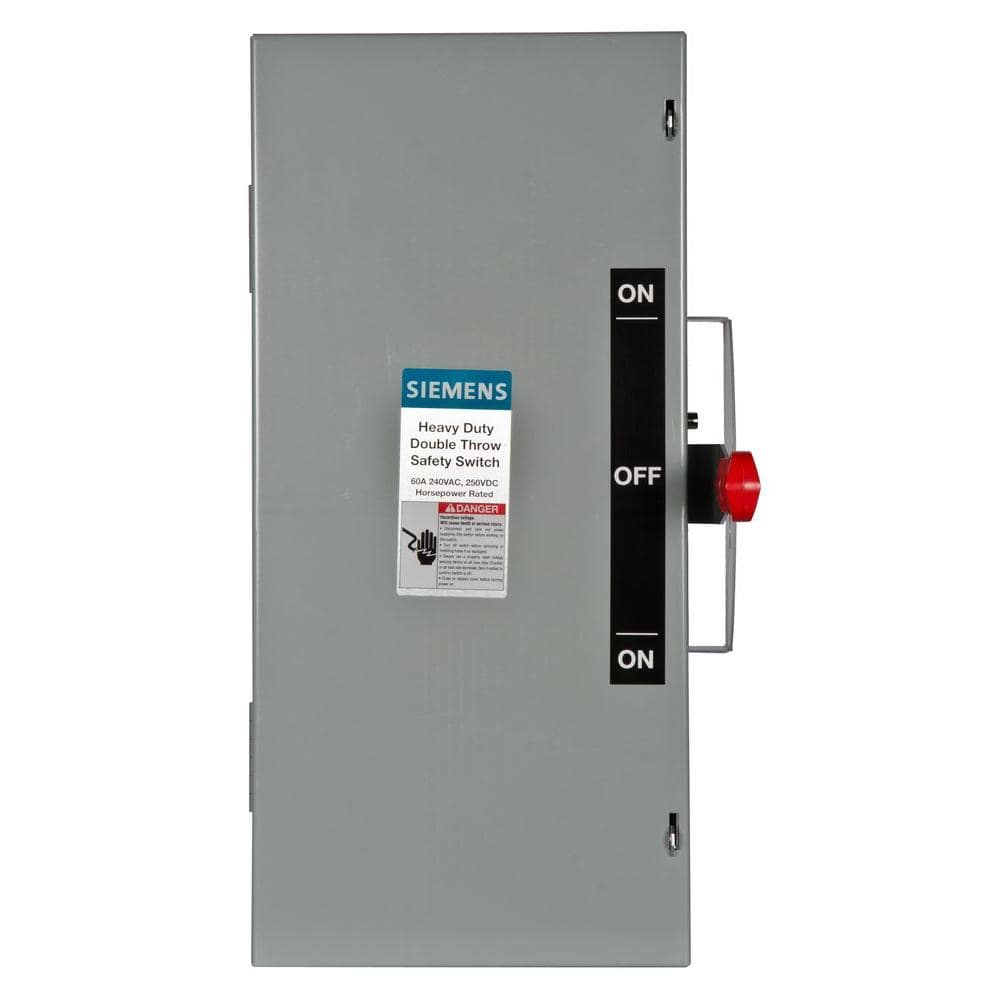It is pretty common for electrical wiring devices to have an amps rating that is concerned with the max power that it can carry which relates to the size and rating of the upstream breaker. And then there is a what seems to be very large voltage rating that has to do (I think) with the insulation...since over time insulation properties break down with high voltages. This is the 600v rating.
Note when you buy house wiring (i.e. romex) it is for 120 or 240v and some amps based on the copper wire size. But the voltage rating is 600v which far beyond what your house uses. This limitation is probably more concerned with the rating for the insulation (my guess) and not the actual voltage you would be using.
Mike
Um. I'm not an electrician: Electronics engineer, yeah.
But as part of $DAY_JOB, I often got involved in lightning surge testing, which is just what it sounds like. Lightning strikes things, like lightning arrestors on the tops of buildings; then, $DIETY's own surge of current goes down the iron girders of the building into the ground. But there's honking great big moving magnetic fields associated with that surge that cuts through all the
other copper wires in the building that induce energy surges onto
those wires.
Further, lightning can and does hit good old power poles up and down the street. Yeah, most power poles have a lonely little top wire on top which is meant to intercept a lightning strike before it hits the actual power-carrying stuff. That top wire is periodically connected to a big wire that goes into the ground. But, once again, great big surges of current are going to go down those wires on their way to ground; big magnetic fields couple into everything else, and... yeah.
So, minimal surges (buildings with chicken wire fences built into the walls) have to survive energy surges. The test set I happen to use a lot generates across the terminals, when said terminals are open, a 1 kV, 1.5 us rise time, 50 us fall time pulse; if one short-circuits the terminals, one gets a 500A peak, 8 us rise time, and 20 us fall time. (It's energy, not a fixed voltage; what one
actually gets depends upon what's hooked up across the terminals.)
That's a
minimal pulse. For stuff on street corners, we crank the energy levels up to 15 kV or so (open circuit), with (at least) one of the test provisios says that, with a certain grade of cheesecloth draped over the contents of a street corner box exposed to a surge like this, "The equipment under test shall not become a fire or fragmentation hazard." Fun stuff.
What this means, though, is that city power is
dirty. Contactors opening and closing, lightning strikes, and what-all. The generally low impedances of AC power circuits tends to shunt the maximum voltages seen by a lightning strike in the neighborhood down to vaguely reasonable levels. So, 600 VAC (about 850V pk) is likely enough to keep the wires from breaking down.
Finally: Stuff that gets actually connected to AC power really does have standards that mandate minimum gaps between the city power side and the low-voltage side. That "UL" label one sees on practically anything hooked up to 120 VAC isn't there for the yuks.





